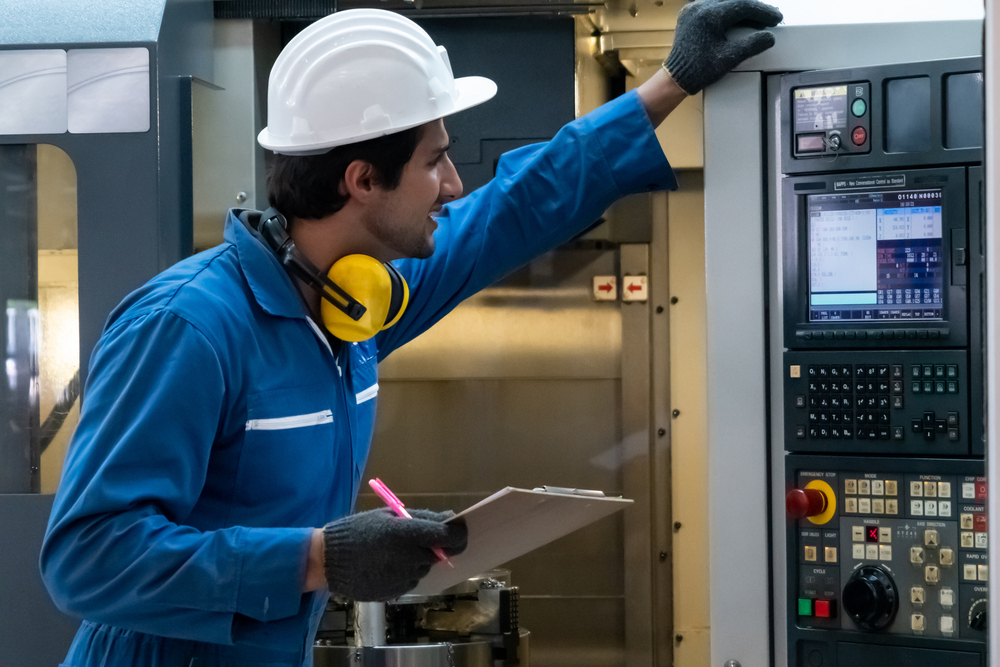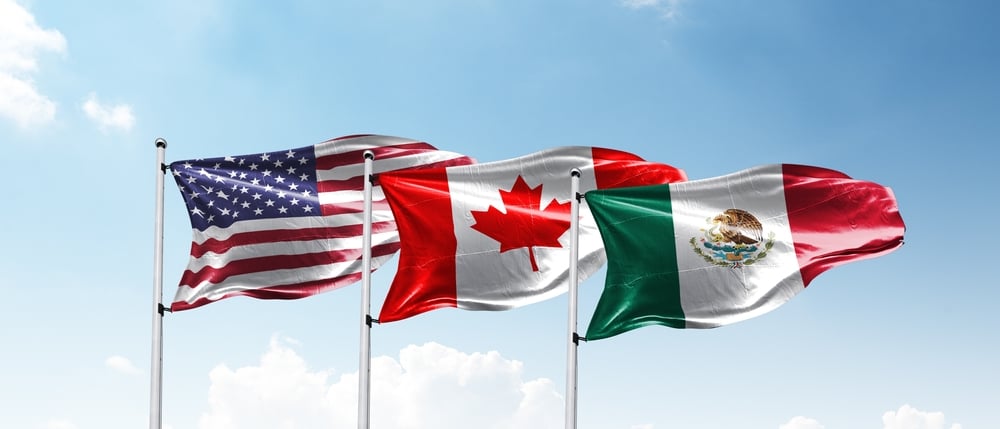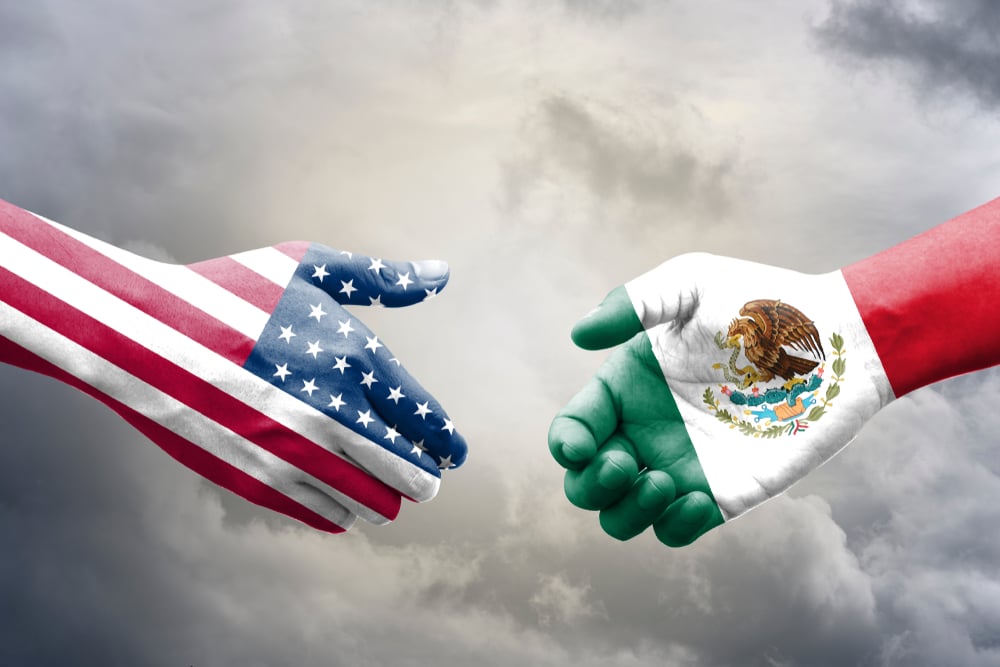Throughout the 1970s if someone had said that Mexico would one day be an ideal place for foreign direct investment, it is likely that there would be a bunch of confused expressions and a few eyes rolling in disbelief—just thirty years ago the Mexican economy was falling apart—there were debt problems, strict protectionist policies against foreign trade, and an unpredictable government. The economic policies were marred by fiscal misconduct and a poor export industry resulting in the corrosion of the atmosphere for foreign direct investment.
With the advent of the late 1980s and early 1990s came changes in policies toward foreign economic relations. The enactment of the NAFTA agreement did much to turn around conditions affecting Mexican investment growth (NAFTA proved to be a great stimulus for FDI into the country). The reasonable continuation of the product rotation form of FDI is that a country such as Mexico will, over time, grow to be a net exporter of FDI.
There is currently a long list of foreign companies already established in Mexico that are making significant investments in addition to new companies that have decided to start operations in the country. Primarily a chain of economic modifications undertaken since the 1980s explains the increase in FDI in the recent years. Mexico has pledged Free Trade Agreements with key markets in the world and with almost all of the Latin American nations. Mexican free trade agreements now permit Mexican exports duty free entry into a total of forty-four nations. The country has also signed several bilateral covenants for the fortification of investments, offering legal assurance for investors. International agreements have helped Mexico to improve its competitiveness so that Mexican products sold in its partners’ markets meet international quality standards. Today a wide range of attractions has made Mexico a preferred destination for investors and companies seeking to expand their businesses and strengthen their presence in the Americas. Mexico’s macroeconomic stability has been maintained and the political conditions ensure a peaceful transfer of power every six years.
Mexico has once again proven to be perpetually improving by ranking very high in FDI Cities of the Future Study 2011/2012. Six categories were considered—economic potential, human resources, cost effectiveness, quality of life, infrastructure, and business friendliness. Within the six categories, twelve Mexican cities appear, many even when put up against cities from the U.S. and Canada. Mexican cities also made up four of the top ten cities in the Latin America category.
The FDI Intelligence study considered a database of the investment intelligence division of the magazine in 450 cities in North and South America. FDI American Cities of the Future recognizes cities that have the best projection for inward investment, economic development and business expansion.
City Rankings:
• Mexico City was 7th on the list of top 10 Major Cities Economic Potential (Beating Chicago, Los Angeles and San Francisco).
• Querétaro was ranked 4th on the list of Top 10 Large Cities Economic Potential
• San Luis Potosí (5th), Hermosillo (6th), Tuxtla Gutiérrez (8th), Matamoros
(9th) and Terreon (10th) were all ranked in the Top 10 Large Cities Cost Effectiveness
• Hermosillo was ranked 5th in the Top 10 Large Cities FDI Strategy
• Colima (4th) Guaymas (5th) were ranked in the Top 10 Small Cities Cost Effectiveness
Several cities in the State of Sonora appear on the list, which is unsurprising since it is considered one of the fastest growing states in Mexico. Sonora has a highly skilled workforce and offers the advantages of offshore manufacturing without the logistical uncertainties.
Situated on the eastern coast of the Sea of Cortez is Guaymas, Sonora, which is home to the fastest growing aerospace clusters in Mexico. The city of Guaymas was ranked 5th in the Top 10 Small Cities Cost Effectiveness. Guaymas has the reputation of being cost-effective with labor-intensive support.
Guaymas rightfully earned its spot as 5th in cost effectiveness across the Americas—it allows access to a stable, competitively priced Mexican labor force with a deeply embedded manufacturing culture, as well as Mexican industrial parks and manufacturing space that have been recognized for their higher quality; it is within close proximity to the border allowing for cheap transportation of goods in shorter amounts of times; there are strong connections with the local community and government; and there are low rates of employee turnover and absenteeism.
As far as efficient production and delivery, there are dependable sources of energy, a local seaport, access to international airport, and rail services. There is also a four-lane commercial highway to U.S.-Mexico Border.
Cost-effectiveness judging criteria:
• Average annual salary for unskilled, semi-skilled, and skilled workers
• Average annual office rent
• Average annual rent for a factory/industrial unit
• Average price of three-bedroom house
• Cost of electricity
• 3-star/4-star hotel room price
• Petrol prices
• Minimum wage ($4.98/day)
• Cost of registering property
• Cost to export
• Cost to import
• Cost of establishing a business
• Corporation tax-state
• Corporation tax-country
Currently things are looking positive with the opening of a new supply chain office in Guaymas by Rolls Royce; it will strengthen partnership with key suppliers in a region that is broadly acknowledged as one of the foremost aerospace industry locations in Mexico. Just about a third of sophisticated manufacturing companies in the Mexican aerospace industry are based in the state of Sonora. Sonora is a northwestern state bordering the US, with a highly evolved infrastructure and skilled workforce. It is accessible to the U.S. and has well developed transportation routes.
Guaymas was also listed in the top 10 Port-Related Intermodal Sites. Texas and the areas along the Gulf Coast are all functioning to enhance aptitude both as a means to have capacity for an increasing consumer foundation, as well as to contain increased container and import traffic coming over the Mexican ports of Guyamas and Lazaro Cardena. For years American importers and Mexican companies in Sonora and Chihuahua have longed to be able to import and export through the port, but lack of infrastructure lead to abandoning the idea or being forced to use ports that were hundreds of miles away and much more costly.
What makes Guaymas alluring as a Mexican manufacturing location is its location as the northernmost port on the mainland side of the Sea of Cortez. That position, fixed with the fact that the two southernmost west coast ports in the US are heavily trafficked makes Guaymas, just 240 miles from the US border, a good choice. A new port service at Guaymas has allowed linking its port with major maritime destinations of worldwide.
Guaymas is already on the radar for being one of the most cost effective places for manufacturing, and should stay there for the foreseeable future.
Subscribe
Sign up and stay informed with tips, updates, and best practices for manufacturing in Mexico.





